Planting a tree is a long-term investment, as it will usually take at least 2 years before your
new tree starts producing fruit and probably 5-10 years before it reaches full size.
When choosing a tree the main things to consider are:
- The kinds of fruit you like
- How large you want the tree to be when it reaches maturity
- Pollination

Fruit Selection
When selecting a tree you should consider
-
The size of the tree which is controlled by the root stock
Fruit tree are broken down into four areas for pollination
- self fertile
- group 1
- group 2
- group 3
- If you are in a frosty area use group 3 otherwise ensure that you plant trees that flower in the same period ( group) or plant a group 2 if planting from groups 1 & 2 as they will then cross over
- Planting a crab apple will also aid pollination across all groups
- Plant early season flowers in your garden to help attract pollinating insects & bees.
Planting Tips
Container trees can be planted at any time of the year, but establish best when planted during the autumn. Our tips on how to plant a container tree will help your tree get off to the best possible start in life.
- :Dig a hole twice the size of the pot and break up the soil at the bottom of the hole.
- Thoroughly soak the tree in a bucket of water for an hour before planting
- Add compost and root grow microryzonal granules to the hole
- Remove the tree from the pot and place in the hole so that the top of the soil from the pot is about an inch below ground level. Back fill with a mix of compost and soil and firm well so there are no air pockets.
- If the tree is in an exposed site, then use a stake and tie to keep it steady for the first few years; place the stake on the westerly side.
- If there is any danger of rabbits or deer then put a guard round the trunk or they may strip the bark and harm the tree. These also help to protect from strimmer damage
- Water the tree well
- Check the tree stake and tie periodically to see that it is not to tight around the trunk causing damage
After Care Tips
Trees are a living plant and with a little extra care will thrive and become a
majestic and productive tree.
- Keep the soil area around the trunk clear of grass and weeds
- In the early years stake the tree to prevent the root from rocking
- Generally, trees need some drainage, so don’t plant in waterlogged areas
- Remove any branches that become damaged
- Generally prune when the sap is rising in the spring and summer so as not to harbour disease
- Annually feed the base of the tree with a good organic mulch, this will both feed the tree and help to keep the soil porous in this area around the roots.
Some of our Apple trees For Sale now
Please visit our barnstaple nursery to view our range of over 60 varieties
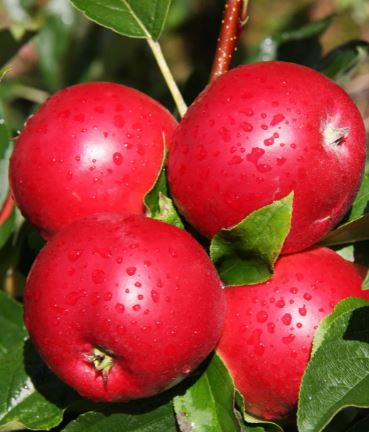
Apple Scrumptious
| Pollination group | Pollination group 3 |
| Storing | October |
| Picking month | September |
| Self-fertility | Self-fertile |
| Container | |
| Uses | Eating Relatively trouble-free Any UK district |
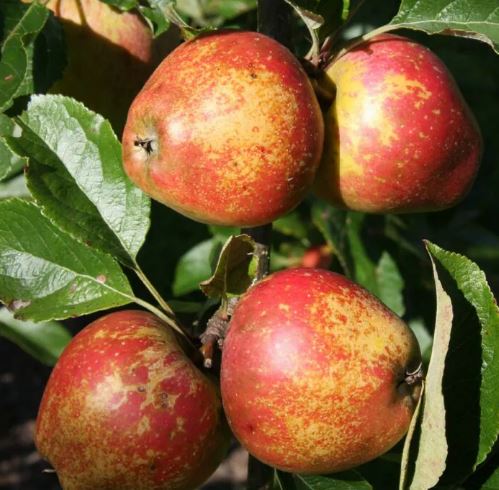
Apple Kidd's Orange Red
| Pollination group | Pollination group 3 |
| Picking month | October |
| Storing | January |
| Uses | Eating |
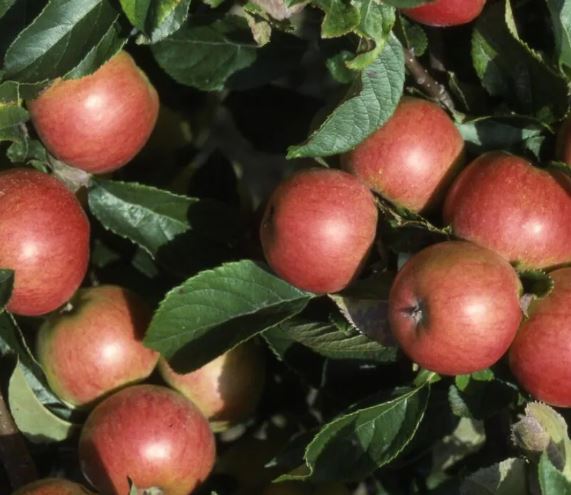
Apple cox self fertile
| Pollination group | Pollination group 3 |
| Self-fertility | Self-fertile |
| Container | |
| Picking month | October |
| Storing | January |
| Uses | Eating, Suitable for juicing |
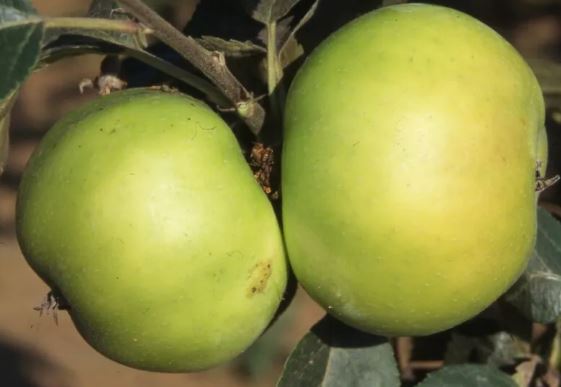
Apple Bountiful
| Uses | Cooking |
| Picking month | September |
| Storing | November |
| Container | |
| Pollination group | Pollination group 2 |
| Uses | Eating Relatively trouble-free |
| Region | Any UK district |
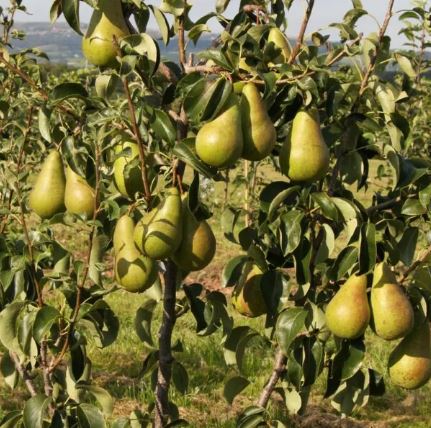
Pear Concorde
| Picking month | September |
| Pollination group | Pollination group 4 |
| Storing | November |
| Self-fertility | Self-fertile |
| Uses | Eating |
| Relatively trouble-free | |

Plum Victoria
| Uses | Cooking |
| Pollination group | Pollination group 3 |
| Self-fertility | Self-fertile |
| Picking month | August |
| Uses | Eating |
| Any UK district | |
Other Trees Available at Nursery.
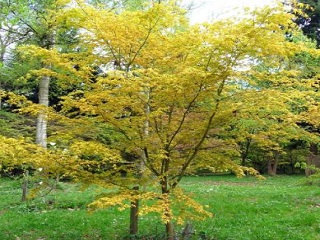
Ornamental Tree
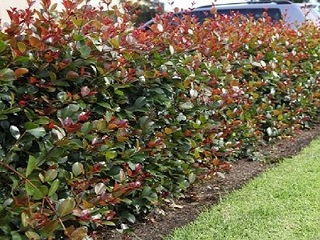
Hedging
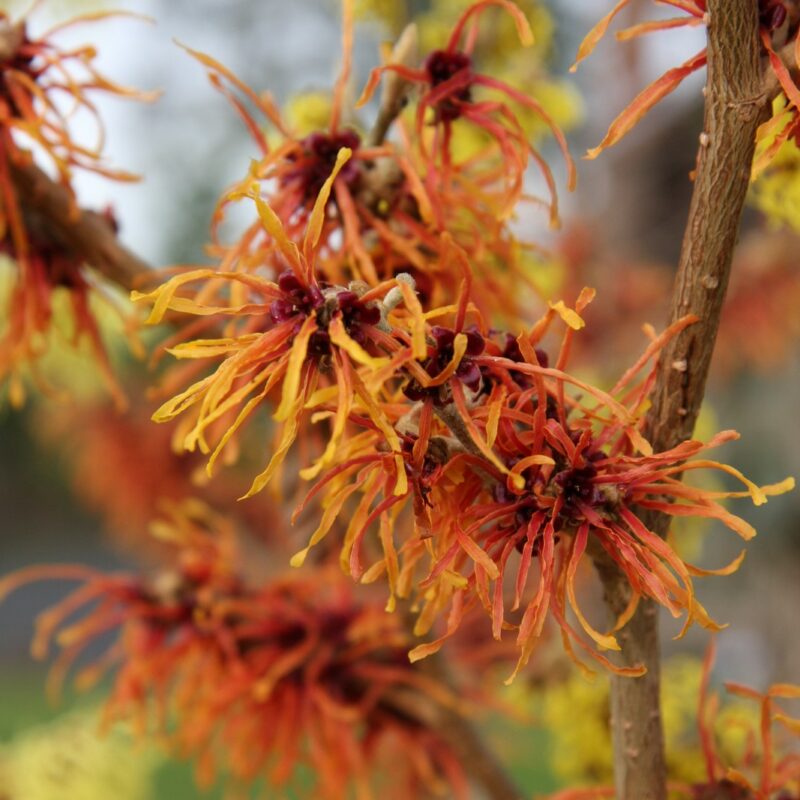
hamamelis-x-intermedia-jelena
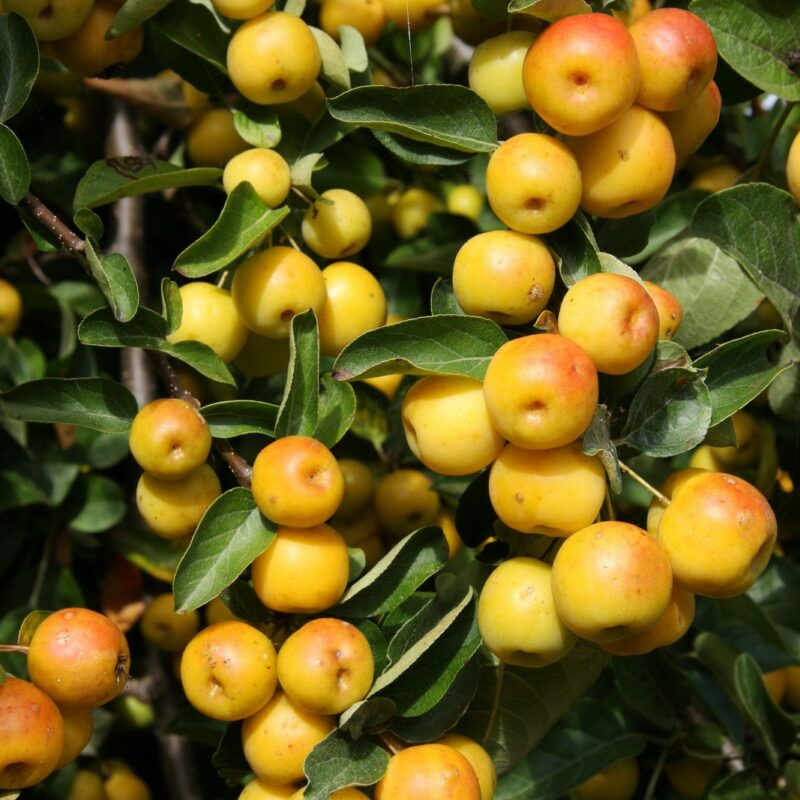
malus-butterball